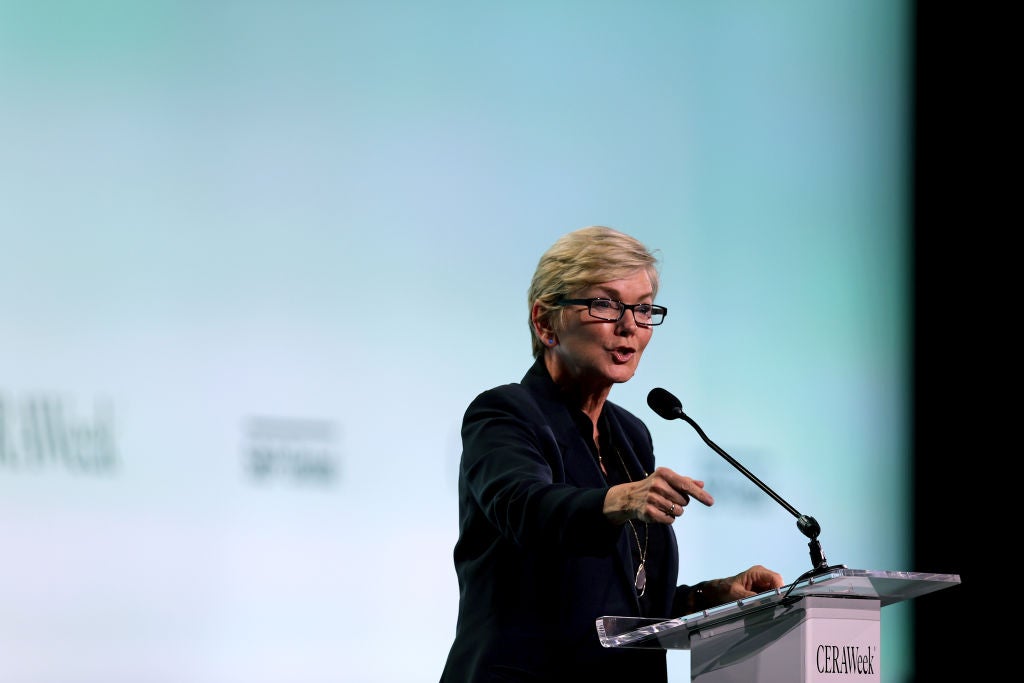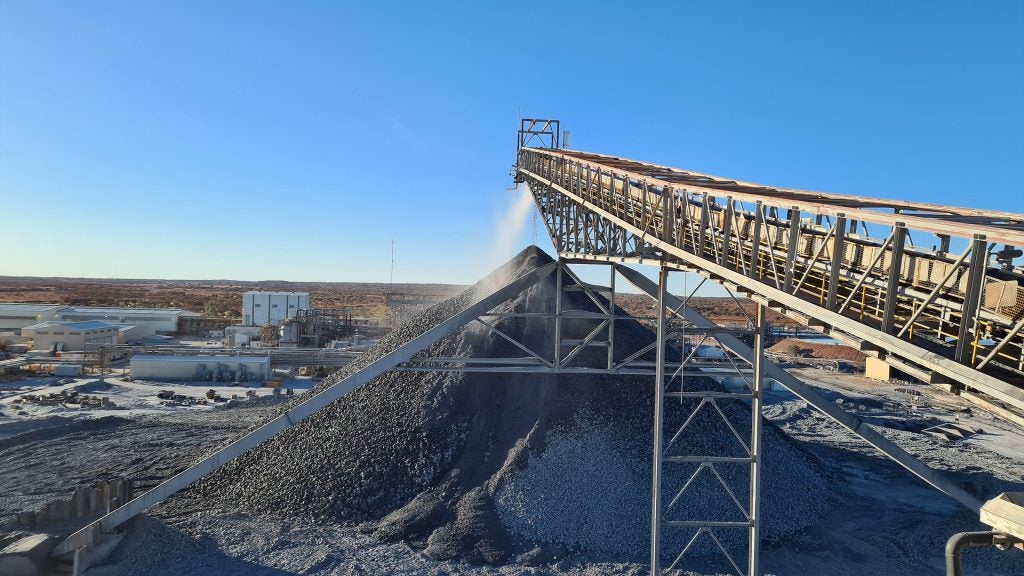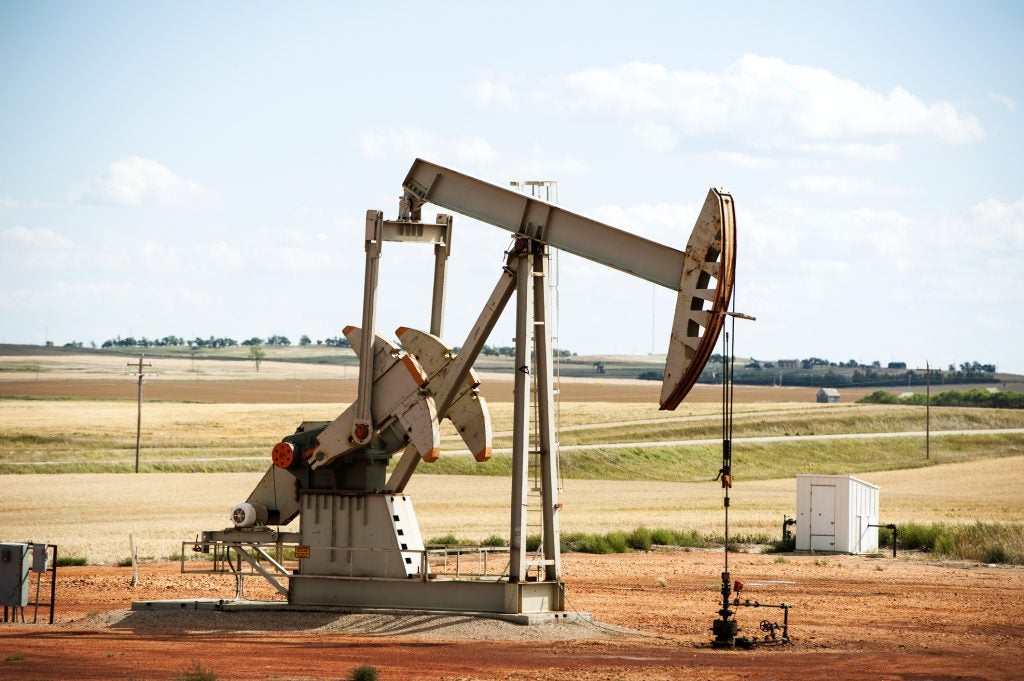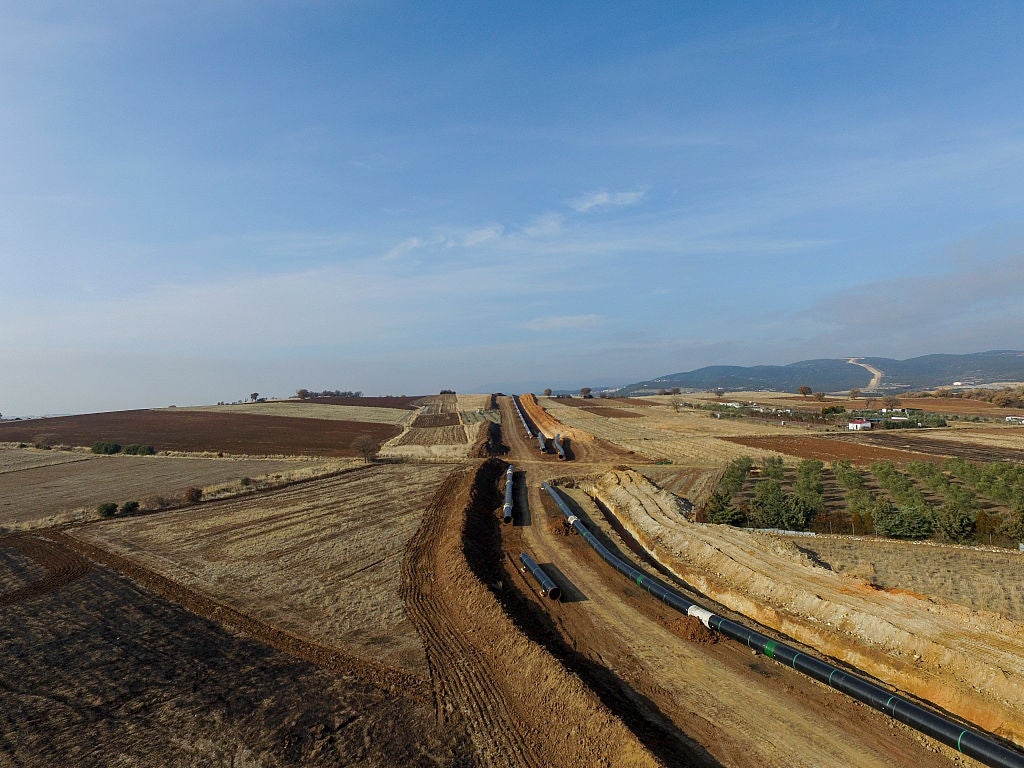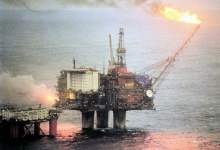
1814 – Kongsberg Våpenfabrikk founded
Backed by Prince Regent Christian Frederik of Norway, on 20 March 1814 Danish-born entrepreneur Poul Steenstrup established a weapons factory in the Norwegian town of Kongsberg in a bid to provide Norway with some independence from neighbouring Sweden and Denmark, the latter of which Norway had been linked with since 1537. Kongsberg Våpenfabrikk was thus born.
In the 19th century Kongsberg’s most notable achievement was the development of the Krag-Petersson rifle by Ole Krag and Erik Jørgensen in the 1880s. The rifle was the company’s first route into America, where it now has nine offices, when the US Army adopted it in 1882/3. It wasn’t until after 1945, on the other side of two world wars, that Kongsberg first entered the maritime industry.

1950/60s – Oil discovered in Norway!
After decades working in the military sector, in the 1950s and 60s Kongsberg Våpenfabrikk turned its attention to the maritime industry. During the period the company underwent a major modernisation instigated by Parliament. This laid the foundations for Kongsberg’s technological industries to be born, which were all developed in the coming decades. These included automotive technologies, gas turbines and air transport.
Significantly, in 1959 a gas discovery in the Netherlands prompted exploration for oil and gas in the North Sea. In 1962 the Norwegian government awarded its first exploration licence and in 1965 an agreement was reached to split up the North Sea. In 1969, after one initial dry well, Norwegian oil was finally discovered.
See Also:

How well do you really know your competitors?
Access the most comprehensive Company Profiles on the market, powered by GlobalData. Save hours of research. Gain competitive edge.

Thank you!
Your download email will arrive shortly
Not ready to buy yet? Download a free sample
We are confident about the unique quality of our Company Profiles. However, we want you to make the most beneficial decision for your business, so we offer a free sample that you can download by submitting the below form
By GlobalData1970s – Targeting oil and gas with Dynamic Positioning
In the early 1970s Kongsberg set out to break the oil and gas industry. Using its automotive expertise from its military department, in 1973 the company started work developing subsea instillations for the offshore oil and gas industry. This work would lay the foundations for many future technologies.
On the 17 May 1977, the first ever Kongsberg Dynamic Positioning (DP) system – technology for positioning a vessel at a fixed location at sea – was put in operation onboard the diving support vessel Seaway Eagle. Initially DP was only used for diving support vessels operating in the North Sea, but according to Kongsberg it later became an "essential enabler…for the Norwegian oil adventure". Today there are more than 2,500 DP systems installed worldwide and the technology has been widely recognised as one of the big engineering achievements of the 20th century.

1979 – Kongsberg Norcontrol wins big contract with BP
In 1979 Kongsberg Norcontrol, which provides IT maritime surveillance solutions to improve the safety, efficiency and security of marine transport and its infrastructure, sold its first two Vessel Traffic Monitoring and Information Systems (VTMIS) to British Petroleum (BP) for the Magnus North Sea Oil Field in 1979, a big order for the company.
Kongsberg Norcontrol was established in 1965 and completed its first commercial installation in 1968. In 1974 the first navigational simulator was unveiled and the first engine room simulator was developed in 1978. In this year the company was also incorporated as a separate division of Kongsberg Våpenfabrikk and further research and development took place for maritime traffic approaching ports and offshore installations.
After further developments in Norcontrol’s simulation technology, the company secured a deal in 1982 from Statoil, which was established ten years earlier, for an oil and gas process simulator. The order was fulfilled in 1985, the year Kongsberg Våpenfabrikk faced bankruptcy.

1980s/90s – Financial woes, targeting space & a renewed focus on defence
As the company was expanding, international turmoil, such as the severe global economic recession of the 80s, hit the business. By 1981, 70% the company was accounted for by civilian divisions, which were all sold, including Norcontrol, in 1987. In 1992 most of the divisions were bought back, with the exception of the production department, which still exists as a separate entity today, operating under the name EMG Norautron.
Under new CEO, Jan T Jørgensen, the company underwent a revitalisation period of strict financial control, increased productivity and a renewed focus on the defence industry. It wasn’t until the fall of the Berlin Wall and the end of the Cold War that Kongsberg Våpenfabrikk refocused its energy on civilian markets.
Kongsberg Space Business was formed in 1990, followed by the Maritime Systems division in 1992. In 1995 Norsk Forsvarsteknologi repurchased parts of the company’s previous maritime operations and the company was renamed Kongsberg Gruppen.

2009 – eBird is born
By this time Kongsberg Gruppen was a stock-listed company with greater independence from the government and a strong technology focus in the space, defence and oil and gas industries. In 2009 the Kongsberg Seatex division debuted the eBird, a seismic cabling control technology, at the biggest seismic trade show in Houston – the oil and gas capital of the world.
eBird was developed to address the growing use of cables in the oil and gas industry. It works by being spliced between seismic cable sections to manage cables laterally, vertically and in rotation. According to Kongsberg, the idea of developing a device for controlling the lateral position of the streamer was born in Kongsberg Seatex in the late 1980s but the industry wasn’t ready for the technology at the time, and the idea wasn’t revitalised until 2000.

2010 – Kongsberg Oil & Gas Technologies formed
As Kongsberg broadened its work in the offshore oil and gas industry, in 2010 it legally established Kongsberg Oil & Gas Technologies (KOGT), the fourth business area for the company. The establishment signalled a strategic move towards the oil and gas industry and the company was made up of several units from different parts of Kongsberg Maritime, including Kongsberg Process Simulation, Sense Intellifield and SeaFlex.
KOGT focused on subsea installations, decision support and engineering services, integrating different technological platforms, systems and vendors and data management. In 2012 the division, in collaboration with others, delivered the world’s first Seismic Streamer Deck Operation Trainer as part of the Kongsberg Offshore Vessel Simulator technology, upon the request of client Petroleum Geo-Services (PGS). The software, which uses the Kinect for Windows motion sensing device, helps train staff and teaches best practice.

2012 – Kongsberg Nemo acquired
In late 2012 Kongsberg acquired Apply Nemo to be integrated within the subsea division of KOGT. The purchase was motivated by the trend for oil and gas companies to move into deeper, harsher environments, and the expectation that companies will increasingly move their operations from the topside to subsea.
Nemo encompass products and services for oil & gas production from well head to riser. Apply Nemo, originally established in 1989, offers Kongsberg substantial experience in subsea engineering and is well established in the North Sea and Australia. At the time of purchase, the company had 172 employees and was anticipated to have operating revenues of approximately NOK275m for 2012.

2013 – Collaboration with BP
In September 2013, Kongsberg announced delivery of a new real-time well-monitoring and early warning system to support well construction operations as part of its SiteCom Well Advisor software suite, which organises information in a standardised format on dashboard-like screens. The technology is a result of a collaboration with BP that focused on monitoring casing running operations.
The system is the first of several similar systems BP is evaluating for potential development and deployment to monitor a range of well activities and equipment, from drilling and cementing to blowout preventers. The project’s aim is to turn raw data feeds into information that can be used in real time. The technology, which consists of a series of dashboard-style consoles, is, according to BP, already deployed in more than 20 offshore operations worldwide.

2014 – Kongsberg today
In its 200th year Kongsberg is a successful global company with 108 offices in 25 countries, including 16 in Norway, five in China and 6 in Korea, as well as Brazil, Canada and Mexico. The company is currently helmed by president and chief executive Walter Qvam and boasts the longest industrial history in Norway.
In March, when the company held celebrations for its 200th birthday, Qvam said: "There are not many businesses in the world that can boast 200 years of continuous operations, and this is something we are very proud and respectful of.
"We can look back on a unique and memorable history, and we are now a leading international high-technology corporation."


.gif)

